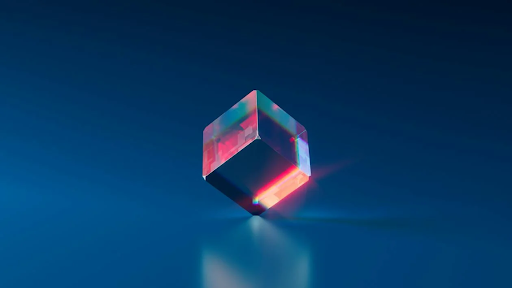The Evolution of 2D Animation: From Classic Cartoons to Modern Masterpieces
The world of animation has undergone a remarkable transformation over the decades, especially in 2D animation. From the early days of hand-drawn cartoons to the sophisticated digital techniques of today, the journey of 2D animation is a fascinating story of creativity, innovation, and technological advancement. This evolution has changed how animations are made and how they are perceived by audiences worldwide. In this exploration, we delve into the mesmerizing progression of 2D animation, tracing its roots and understanding its impact on the entertainment industry.
The Early Days of 2D Animation
The origins of 2D animation are rooted in the early 20th century when pioneers began experimenting with hand-drawn images. These animations were crude by today’s standards, often consisting of simple movements and basic storytelling. However, they laid the groundwork for what would become a thriving industry. To gain insight into the modern methods used in animation creation, exploring a 2D studio can be enlightening.
Studios like Walt Disney and Warner Bros. emerged, bringing iconic characters like Mickey Mouse and Bugs Bunny to life. These characters weren’t just moving drawings; they were personalities that captivated audiences. The success of these early animations paved the way for more sophisticated storytelling and artistic expression.
During these formative years, the creation of animations was a labor-intensive endeavor. Animators meticulously drew each frame by hand in a technique known as cel animation. This demanding process necessitated exceptional skill and patience, establishing animation as a specialized art form. Studios such as Disney transformed this process by introducing the multiplane camera, adding depth and richness to animations by separating various layers of artwork.
This period marked the emergence of the ‘Golden Age of Animation,’ characterized by unparalleled storytelling and artistic excellence.
Innovations and Transformations
The Shift to Digital Animation
As technology advanced, so did the methods used in 2D animation. The late 20th century significantly shifted from traditional hand-drawn techniques to digital methods. Computers began to play a crucial role in the animation process, allowing for more complex and detailed images. This digital revolution was not just about efficiency; it opened new avenues for creativity. Animators were no longer constrained by the limitations of hand drawing, enabling them to experiment with styles and techniques that were previously impossible.
One of the most notable advancements in this era was the development of computer-generated imagery (CGI). While CGI is often associated with 3D animation, it also profoundly impacts 2D animation. Tools like Adobe Flash and Toon Boom Harmony allowed animators to create fluid, dynamic animations more efficiently than ever before. This period also saw the rise of independent animators and smaller studios, as the accessibility of digital tools democratized the animation process.
The Modern Landscape of 2D Animation
In the 21st century, 2D animation continues to thrive, blending traditional techniques with modern technology. The advent of the internet and the rise of platforms like YouTube and Vimeo have given animators new venues to showcase their work, easily reaching global audiences. This era is marked by a diverse range of styles and narratives, reflecting the unique voices of animators worldwide. Series like “Adventure Time” and “Steven Universe” exemplify the innovative storytelling and artistic creativity that define modern 2D animation.
Despite the growing popularity of 3D animation, 2D animation holds a special place in the hearts of many. Its charm lies in its simplicity and the warmth of its hand-drawn origins. Today’s 2D animations often combine digital tools with traditional techniques, creating a hybrid style that pays homage to the past while embracing the future.
Embracing Diversity and Expanding Horizons in Modern 2D Animation
As 2D animation entered the 21st century, it embraced a wider spectrum of styles and narratives, reflecting a global and culturally diverse perspective. This era is about technological advancements and broadening the storytelling canvas, making it more inclusive and representative of various cultures and experiences.
The rise of animation studios worldwide, from Japan’s anime to Europe’s distinct animation styles, brought a rich diversity to the 2D animation landscape. Japanese anime, with its unique visual style and deep storytelling, has significantly influenced animation worldwide. Shows like “Spirited Away” and “My Neighbor Totoro” showcase the depth and creativity of anime, blending traditional 2D animation techniques with distinctive storytelling.
Moreover, the internet and social media have democratized content creation, allowing independent animators and small studios to share their work with global audiences. This has led to the rise of web-based animations and series that explore a wide range of themes and styles, often diverging from mainstream content. Platforms like YouTube, Vimeo, and various animation networks have become hotbeds for experimental and avant-garde 2D animations.
Conclusion
The evolution of 2D animation is a testament to human creativity and technological progress. From the hand-drawn cartoons of the early 20th century to the digital masterpieces of today, 2D animation has continuously reinvented itself, captivating audiences across generations. As we look to the future, it’s clear that 2D animation will continue to evolve, blending art and technology in new and exciting ways. Whether through nostalgic hand-drawn characters or cutting-edge digital creations, 2D animation will remain a vital and beloved part of our cultural landscape.

